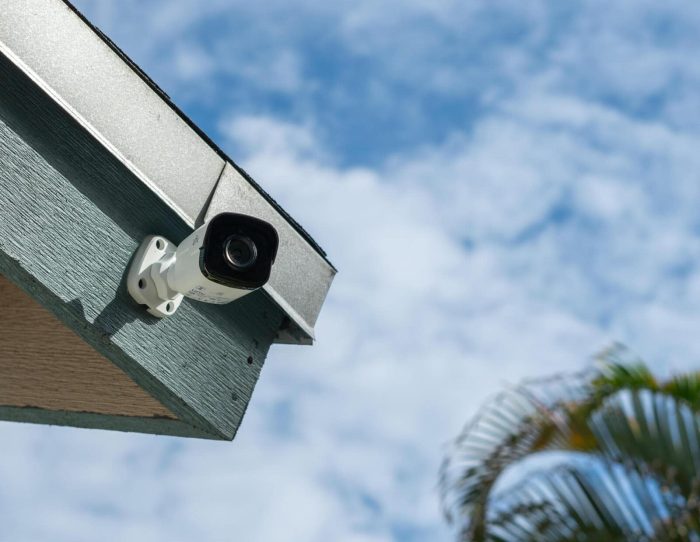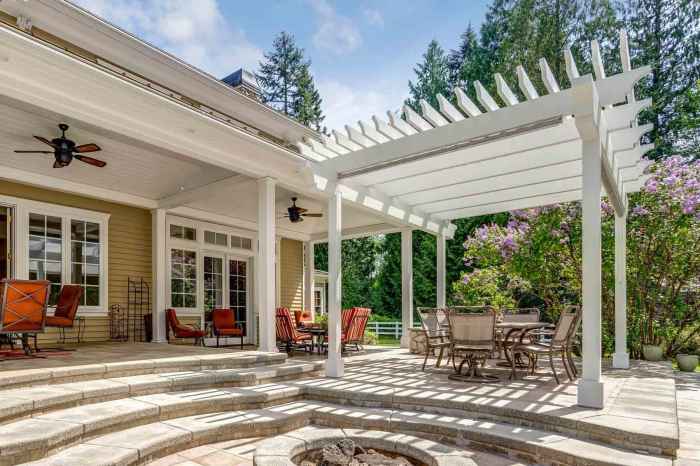How to Design a Minimalist Home on a Budget: A Comprehensive Guide
Embark on a journey of creativity and resourcefulness as we delve into the art of designing a minimalist home on a budget. From clever space optimization to eco-friendly decor ideas, this guide covers it all to help you create your dream minimalist space without breaking the bank.
Whether you're a minimalist enthusiast or simply looking to revamp your living space, this guide is packed with practical tips and inspiration to guide you through the process with ease.
Research and Planning
When designing a minimalist home on a budget, research and planning are crucial steps to ensure a successful project. By understanding the key elements of minimalist design, choosing budget-friendly materials, and setting a realistic budget, you can create a stylish and clutter-free space without breaking the bank.
Key Elements of Minimalist Design
- Avoid clutter: Minimalist design focuses on simplicity and clean lines. Eliminate unnecessary items and opt for functional pieces that serve a purpose.
- Neutral color palette: Stick to neutral colors like white, beige, or gray to create a calming and cohesive look. These colors also make a space feel larger and brighter.
- Simple furniture: Choose furniture with clean and sleek lines. Opt for multipurpose pieces to maximize space and minimize clutter.
- Natural light: Maximize natural light by keeping windows unobstructed. Use sheer curtains or blinds to allow light to filter in while maintaining privacy.
Budget-Friendly Materials for a Minimalist Home
- Laminate flooring: Affordable and easy to clean, laminate flooring mimics the look of hardwood without the hefty price tag.
- White paint: A fresh coat of white paint can instantly brighten a space and create a minimalist aesthetic. Opt for high-quality paint for a durable finish.
- Secondhand furniture: Look for gently used furniture pieces at thrift stores, online marketplaces, or garage sales. With a bit of creativity, you can transform these pieces to fit your minimalist style.
- Minimalist decor: Stick to a few key decor pieces, such as geometric vases, abstract artwork, or plants, to add personality to your space without overwhelming it.
Setting a Budget for a Minimalist Home Project
- Identify priorities: Determine which elements of your minimalist home are most important to you, whether it's the flooring, furniture, or decor. Allocate a larger portion of your budget to these key areas.
- Research costs: Compare prices of materials and furniture from different suppliers to find the best deals. Don't forget to factor in installation costs and any additional expenses.
- Create a contingency fund: Set aside a portion of your budget for unexpected expenses or last-minute changes. Having a buffer will help you stay on track and avoid overspending.
- Track expenses: Keep a detailed record of all your expenses throughout the project to ensure you're staying within budget. Adjust your spending as needed to stay on track.
Space Optimization
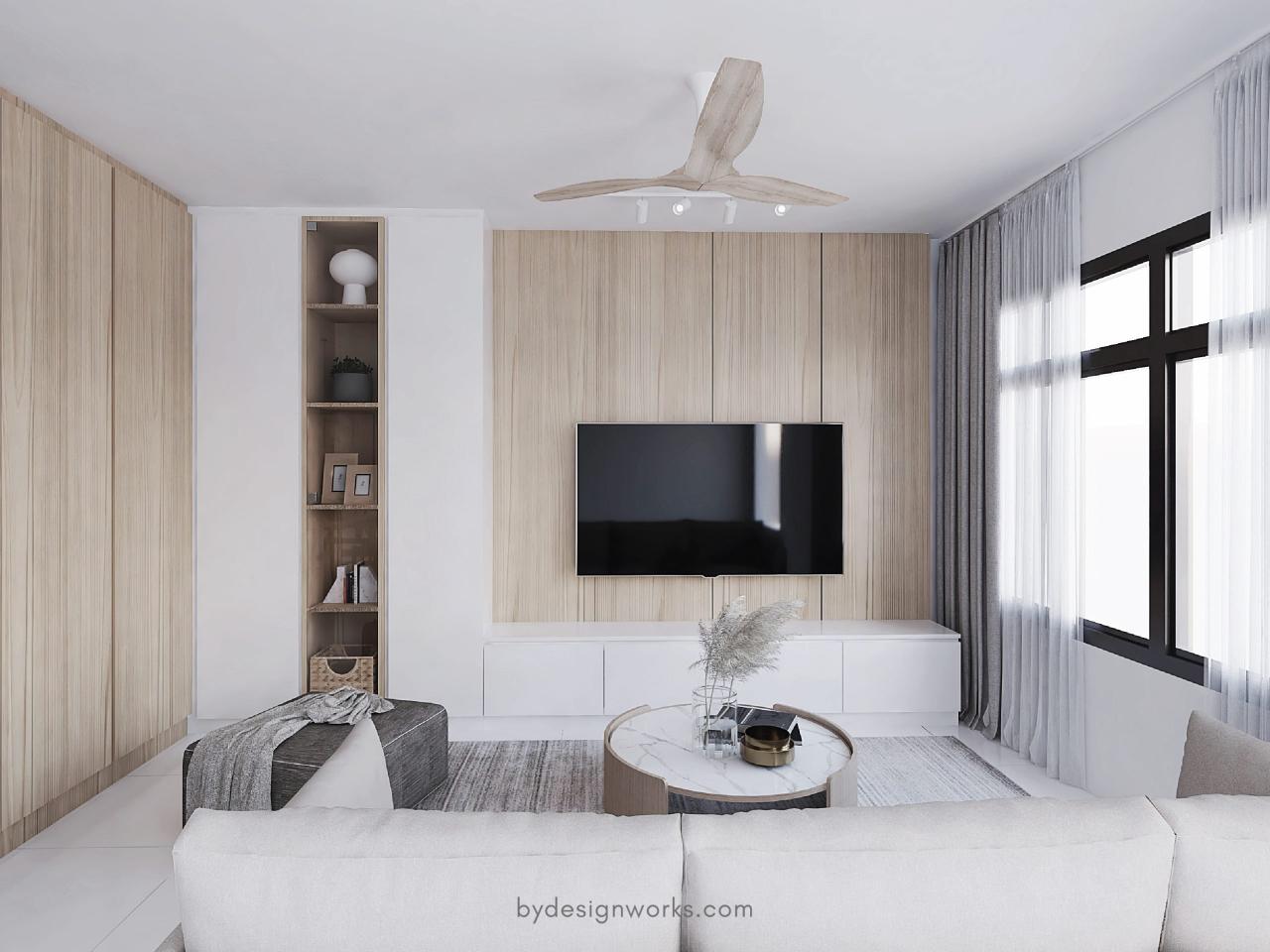
In a minimalist design, maximizing space is key to achieving a clean and uncluttered look. By optimizing the available space, you can create a sense of openness and tranquility in your home.
Importance of Decluttering
Decluttering is essential for a minimalist home as it helps eliminate unnecessary items and creates a sense of order and simplicity. By getting rid of things you don't need, you can free up space and make your home feel more spacious.
- Start by going through each room and getting rid of items that you no longer use or love.
- Organize your belongings into categories and only keep the essentials.
- Consider implementing storage solutions such as shelves, baskets, and cabinets to keep things organized and out of sight.
Multi-functional Furniture
Multi-functional furniture is a great way to make the most of limited space in a minimalist home. These pieces serve more than one purpose, allowing you to maximize functionality without sacrificing style.
- Invest in a sofa bed or a daybed that can double as a guest bed when needed.
- Opt for a dining table with extendable leaves to accommodate more guests when entertaining.
- Choose ottomans or coffee tables with hidden storage compartments to store blankets, magazines, or other items.
Color Palette and Lighting
When designing a minimalist home on a budget, choosing the right color palette and optimizing lighting are essential factors to consider. The colors you select and how you illuminate your space can greatly impact the overall aesthetic and functionality of your minimalist design.
Suitable Color Schemes
One of the key aspects of minimalist design is the use of a neutral color palette. Opt for colors like white, beige, grey, or light pastels to create a clean and serene look. These colors can make the space feel larger and more open, enhancing the minimalist vibe.
Consider adding a pop of color through small accents like throw pillows, artwork, or plants to add visual interest without overwhelming the space.
Impact of Lighting
Lighting plays a crucial role in minimalist design as it helps to highlight the simplicity and clarity of the space. Natural light is the best option for creating a bright and airy atmosphere in a minimalist home. It not only illuminates the space but also creates a connection to the outdoors, bringing a sense of calmness and tranquility
Incorporating large windows, skylights, or glass doors can maximize natural light and enhance the minimalist aesthetic.
Incorporating Natural Light
To make the most of natural light in your minimalist home, consider using sheer curtains or blinds that allow light to filter through while maintaining privacy. Positioning mirrors strategically can also help reflect light and make the space appear brighter and more spacious.
Additionally, decluttering windowsills and using light-colored furniture and décor can further enhance the natural light in the room.
Furniture and Decor
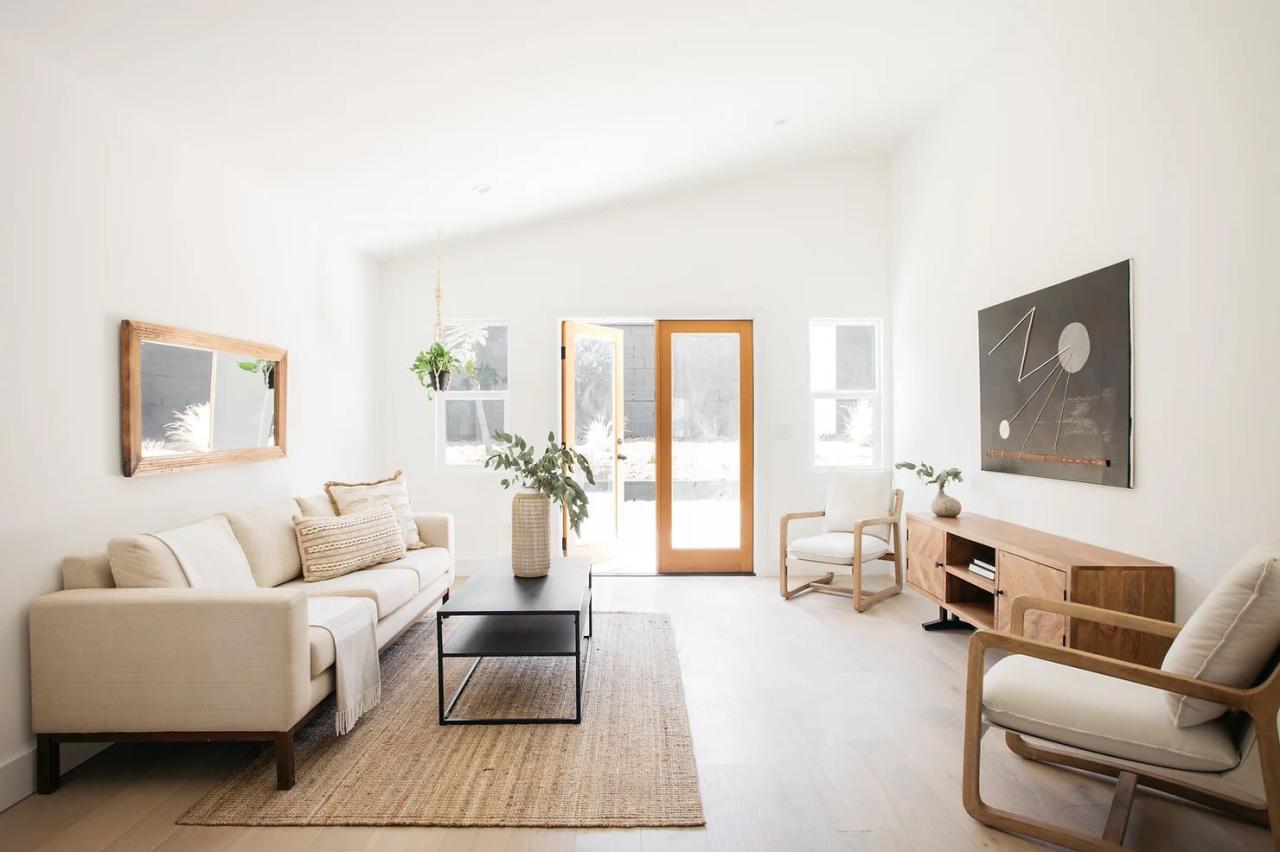
When it comes to furnishing and decorating a minimalist home on a budget, it's essential to focus on quality over quantity. Selecting a few key pieces of furniture and incorporating simple decor can make a big impact in creating a stylish and functional space.
Essential Furniture Pieces
- 1. Multi-functional furniture:Opt for pieces like a sofa bed or a coffee table with storage to maximize space and functionality.
- 2. Clean-lined furniture:Choose simple, sleek designs for items like a bed frame, dining table, and chairs to maintain a minimalist look.
- 3. Open shelving:Install wall-mounted shelves to display decor items and keep the space clutter-free.
DIY Decor Ideas
Personalizing a minimalist space can be fun and budget-friendly with some creative DIY decor projects. Here are a few ideas:
- Create your own artwork using canvas and paint.
- Repurpose old items like jars or bottles as vases or candle holders.
- Add a personal touch with handmade throw pillows or cushion covers.
Sourcing Affordable Items
Finding budget-friendly furniture and decor items is possible with a bit of research and creativity. Consider the following tips:
- Explore thrift stores, garage sales, and online marketplaces for secondhand pieces at a fraction of the cost.
- Shop during sales or clearance events at furniture stores to score great deals on quality items.
- DIY your own decor using inexpensive materials like wood, fabric, or paper to add a unique touch to your space.
Sustainability and Eco-Friendly Design
Creating a minimalist home on a budget doesn't mean compromising on sustainability and eco-friendliness. In fact, incorporating sustainable design elements into your minimalist space can have numerous benefits for both the environment and your well-being.
Benefits of Sustainable Design
Opting for sustainable design in your minimalist home can help reduce your carbon footprint and promote a healthier living environment. Using eco-friendly materials and practices can also contribute to energy efficiency and long-term cost savings.
Incorporating Eco-Friendly Materials
- Choose furniture made from reclaimed or sustainably sourced wood to add warmth and character to your minimalist space.
- Opt for non-toxic paints and finishes to ensure better indoor air quality and a healthier living environment.
- Consider using recycled glass or metal for decorative accents or lighting fixtures to add a touch of eco-friendliness to your design.
Tips for Upcycling and Repurposing Items
- Repurpose old wooden crates or pallets into stylish shelving units or coffee tables to add a unique touch to your minimalist home.
- Upcycle glass jars or bottles into stylish vases or storage containers to reduce waste and add a personalized touch to your decor.
- Refurbish old furniture with a fresh coat of paint or new upholstery to give them a new life and prevent them from ending up in a landfill.
Last Word
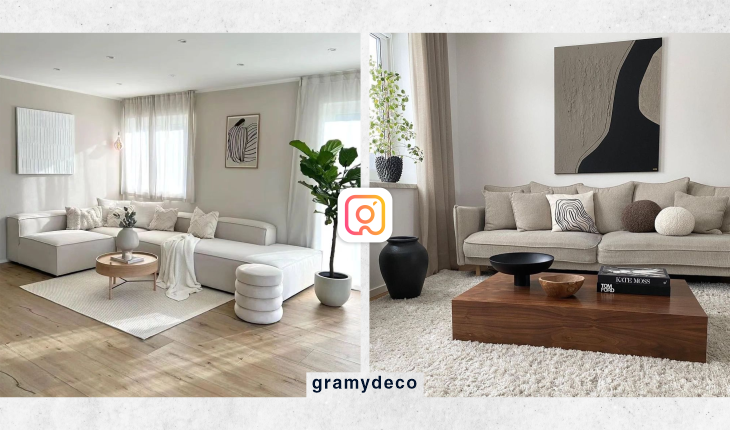
In conclusion, designing a minimalist home on a budget is not only achievable but also an opportunity to showcase your ingenuity and style. By combining cost-effective materials with smart design choices, you can create a space that is both aesthetically pleasing and budget-friendly.
Start your minimalist home project today and watch your vision come to life within your means.
FAQs
What are the key elements of minimalist design?
Minimalist design focuses on simplicity, clean lines, and a limited color palette. Key elements include minimal furniture, open spaces, and functional decor.
How can I maximize space in a minimalist design?
Strategies such as using multi-functional furniture, decluttering regularly, and utilizing vertical storage solutions can help maximize space in a minimalist home.
Why is sustainable design important in a minimalist home?
Sustainable design promotes environmental consciousness by using eco-friendly materials, reducing waste, and creating a healthier living space for occupants.



